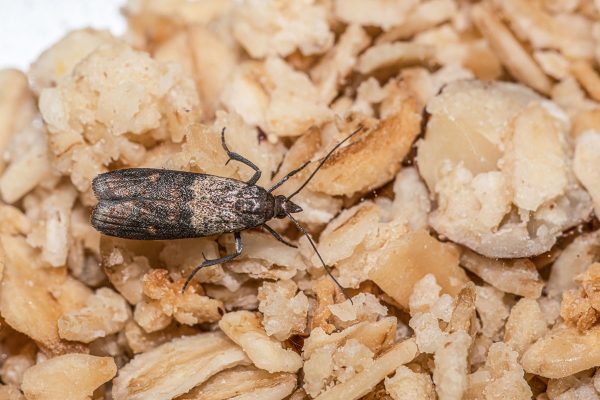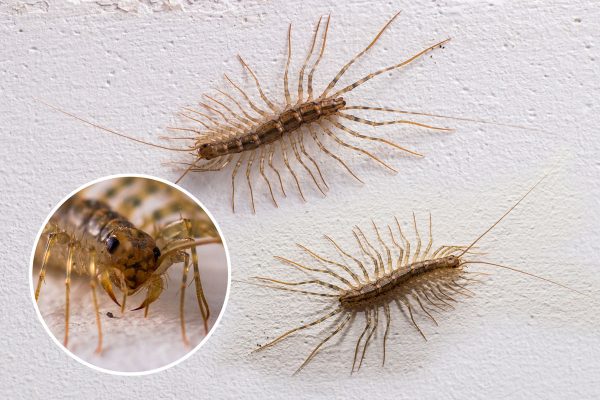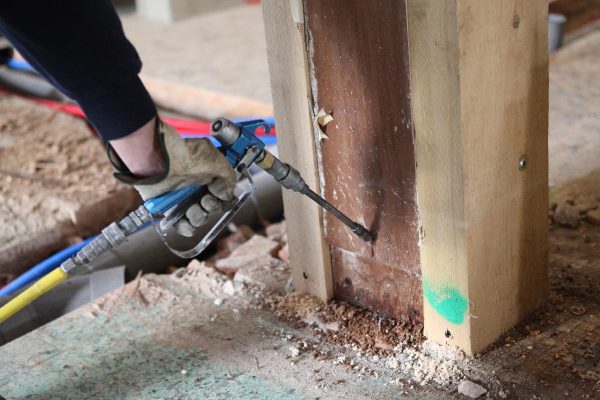Despite their small size and lack of wings, springtails are voracious moisture seekers that may be found inside and outside the home. When in large numbers, springtails can cause minor discomfort in a home. Ortho Home Defense is a popular insecticide, but can it kill springtails? Here's the answer we gathered after rigorous research.
Ortho Home Defense is capable of killing springtails. This insecticide quickly kills many insects and other pests using two active components. Its odorless, fast-drying, and non-staining solution makes applying convenient and easy.
Family rooms, attics, bathrooms, pantries, and storage spaces, can be cleared of springtails using this product.
As an alternative to using pesticides like Ortho Home to eradicate springtails, the strategies for eliminating these non-harmful creatures are outlined in the following paragraphs. So hang on and keep reading!
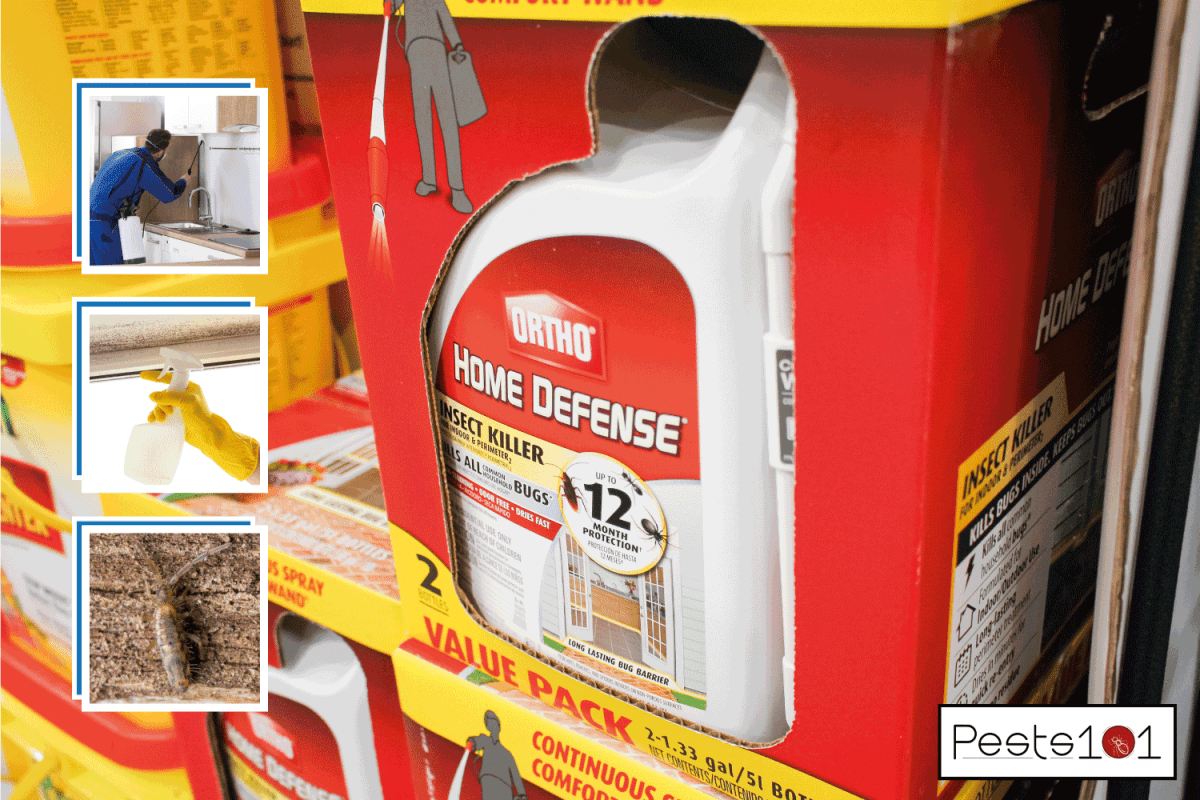
Springtails [Brief Background]
Springtails, a term for primitive Apterygote insects, are known as collembolans. They are the biggest of the three current hexapods that are no longer insects and are often observed in dense swarms. Clouds form when these pests are agitated, rising to heights of several inches.
People, pets, and household goods aren't harmed by springtails and they don't transmit diseases either. Their furculae, which act like a spring, allow them to go long distances away from predators by springing in the direction of their movement.
They are known as springtails for this reason. Collembolans are found in soil in abundances of up to 100,000 per square meter.
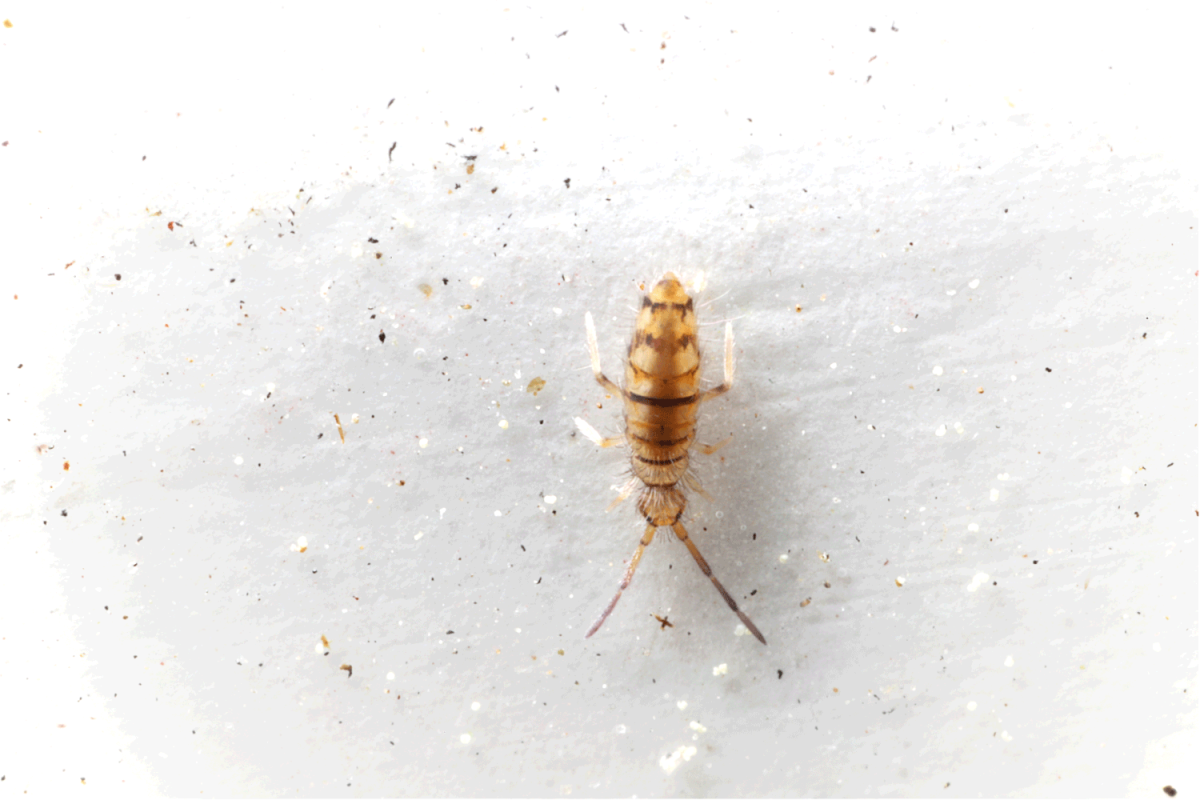
What Do Springtails Eat?
When nematodes are plentiful, several collembolan species will prey on them. Some eat living plants, while others prefer to eat their roots. Mycorrhizae and even plant pathogens may be consumed by one family while feeding in the soil.
Collembolans may be found in soils of eight different species. As a result, many Collembolans can rapidly expand their populations if given the right circumstances. Several eggs are deposited at a time in a cluster. Collembolans reach sexual maturity in their fifth or sixth instar molt.
However, this process continues for the rest of their lives. However, some well-known species are parthenogenic, meaning they produce females exclusively. Some kinds of collembolan "blooms" develop significantly in the late winter or early spring on the snowbanks, ice on ponds, or granite outcrops coated with lichen.
Does Ortho Home Defense Kill Springtails?
Ortho Home Defense is well-known for its efficiency in killing insects and bugs. As the name suggests, this insecticide is made up of chemicals that keep bugs under control by either killing or preventing them from causing harm.
While springtails are not classified as insects, Ortho Home does kill springtails. The following paragraphs discuss the two ways it gets rid of insects and bugs. They are:
Contact Pesticides
Insects are poisoned when they come into touch with contact pesticides. Metal inorganic insecticides, such as sulfur, arsenates, copper, and fluorine compounds, are examples of common metal inorganic insecticides.
For example, contact insecticides may be organic, which are synthetically generated organic chemical compounds that make up the majority of pesticides in use today.
Natural substances like pyrethrum, neem oil, and so forth may also be used. In most cases, contact pesticides have no long-term effects. With aerosols, the quality of pesticide application may have a significant impact on efficacy.
Systemic Means
Insecticides used in systemic formulas are absorbed and disseminated throughout the whole plant. Insects consume the pesticide while they feed on the plant. Plant-incorporated protectants are systemic insecticides derived from transgenic plants (PIPs).
What Are The Best Bug Sprays For Springtails?
Springtails may be sprayed using the following insect sprays, in no particular order:
- Bifen Insecticide
- Alpine Pressurized Residual
- Temprid SC
- Cy-kick Pressurized Residual
- Cyonara 9.7
- Cy-Kick Controlled Release Cyfluthrin
- Transport Micron
- Mavrik Aquaflow
These insecticides will eliminate springtails around the home.
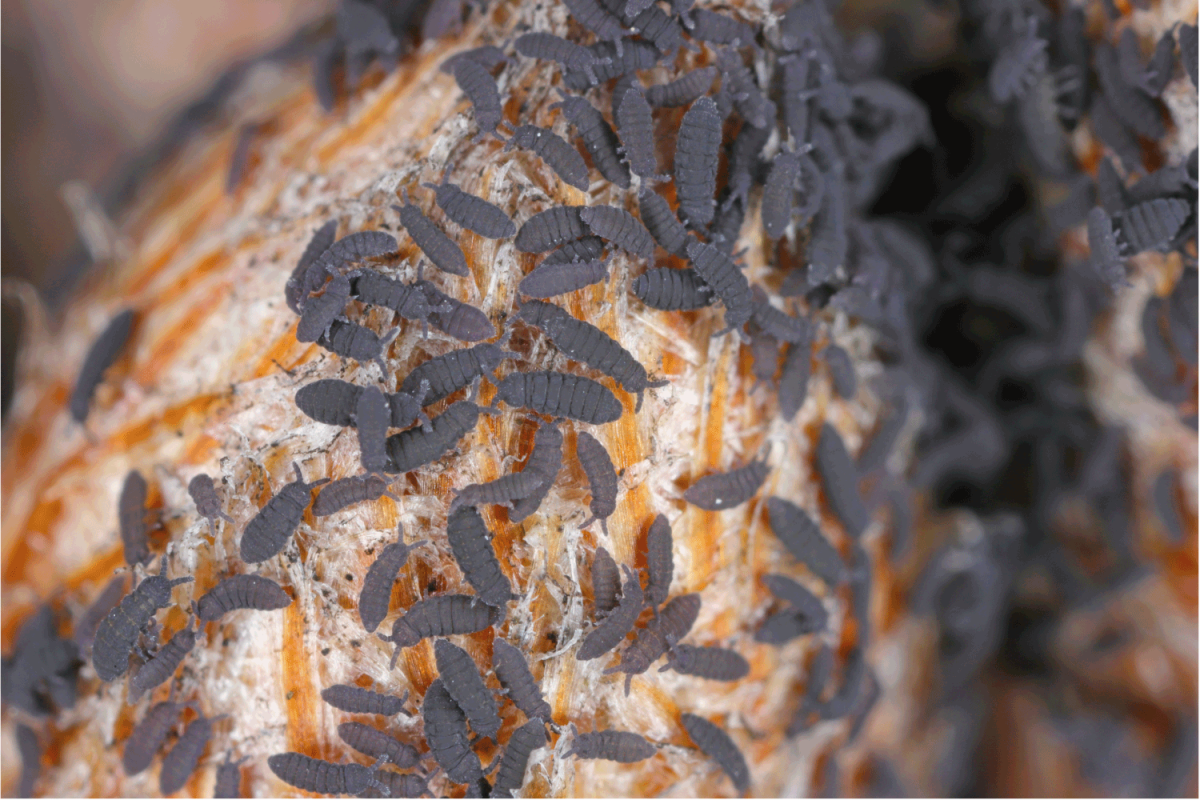
How Do You Get Rid of Springtails Permanently?
If you already have contaminated pots throughout the house, the best course of action is to let the soil dry completely. Although many pesticides and repellents are available, you may want to use natural pest control solutions.
Due to the vinegar's acidity composition, some people utilize cider vinegar as a natural cure. To get rid of the springtails, use vinegar to wipe off the afflicted region. As an anti-fungal, cider vinegar is also an excellent mold treatment.
How Do You Treat a Springtail Infestation?
Moisture-rich locations are often where springtails begin their search for new territory in a new home. There are frequent springtail habitats in bathrooms and kitchens. Springtails may be seen in sinks and behind appliances by homeowners regularly.
Additionally, springtails are drawn to regions where water pipelines have burst. In walls and beneath floors, plumbers have discovered springtails. Wet sheetrock provides them with a food supply of fungus and mildew.
Homeowners have discovered springtails in moist basements, garages, and storage sheds. It is common for springtails to infest crates of stored goods and damp upholstery. Mold or mildew is what springtails feed on when they come into contact with these wet things.
When springtails have adequate food, water, and a suitable environment, they may reproduce rapidly. While certain springtail species can survive in dry conditions, such as on the sidewalks and buildings of metropolitan areas, most springtails need water to grow.
Flushing Springtails to The Surface
Springtails may be flushed to the surface by irrigation or precipitation that quickly fills soil pores, or food may be grown to increase springtail populations. A weekly watering schedule with at least one inch of soil penetration can help limit the population of springtails on turfgrass.
You can fill cracks and crevices in a house with caulk or expanding foam to keep out springtails. Foam weatherproofing strips may be used to seal windows, and door seals can be checked and replaced as required.
Insecticide Treatment
Residual insecticide treatments around buildings may give some control. Pesticide treatments for outdoor infestations typically have mixed outcomes, although putting residual insecticides around structures can provide some control. Keep springtails from invading your house by following these tips:
Before treatment, rake mulch at least one foot away from the building's base. For an infestation to run its course, it may take a few days to weeks. Extend the spraying of pesticides five to ten feet from the house's foundation perimeter.
Insecticides should be sprayed around windows and doors, beneath siding, and around any gaps in brick or wood walls. Indoor springtail infestations may linger for months or even years if they are found in potted plants or wet sections of walls and storage rooms.
Infestations may persist for long periods in damp environments. Remove the moisture and organic debris creating the issue; vacuum up springtails; or use short-lived insecticides like pyrethrins or allethrin to kill the springtails and prevent further infestations.

Why is My Home Infested With Springtails?
Springtails enjoy an outdoor habitat that is wet and full of mold and other organic waste. Springtails can relocate into a more suitable environment if their outside habitat gets too dry. A wet and moldy location like a basement, bathroom, or kitchen is where they'll settle.
Springtails may infest newly constructed houses as soon as they are completed. Construction materials that have been left wet and moldy entice springtails to wall voids and other houses' concealed areas. The land may also be contaminated with springtails if mulch and waste-based fertilizers are used.
Do Pesticides Work on Springtails?
Springtails may be managed by eliminating excess moisture and organic material from gardens, plant containers, and building foundations.
To prevent springtails from gaining access to your home, plug or screen any openings they could utilize. Using pesticides isn't necessary, and they won't keep pests under control in the long run.
Will a Dehumidifier Help With Springtails?
Reduce humidity in wet regions like basements by keeping your home at a cool temperature and using a dehumidifier. Mold and mildew may grow in and around the home if not properly cleaned.
When springtails are a recurring issue, it usually means excess environmental moisture. Keep hot tubs, sinks, and other damp places clean and dry to minimize springtail invasion.
A dehumidifier may also be used to lower your house's humidity level. The eggs of springtails won't be able to hatch if you use this.
The damp soil of your potted plants may also attract these insects, so exercise caution while watering them. After an infestation, wait five to ten days before watering to verify that all springtails have died.
Should I Worry About Springtails?
Springtails are not harmful to humans or pets but rather an invading pest that may invade houses in huge numbers and become quite a nuisance if not dealt with quickly. Their jumping abilities and tiny size make them easily mistaken for fleas, which may carry illnesses.
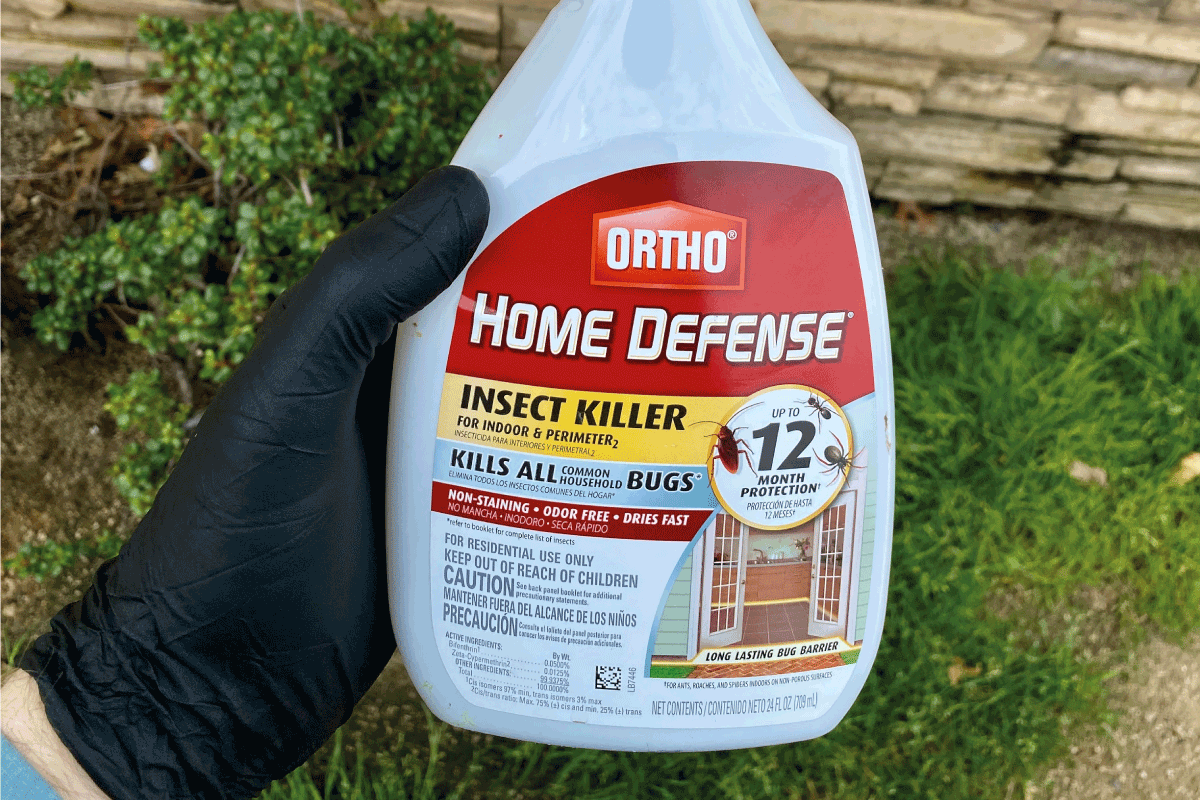
In Conclusion
It may be challenging to determine the source of the infestation of springtails. In such situations, you should seek the assistance of experienced exterminators.
For more on other types of pests and how to get rid of them, check out these engaging articles:

